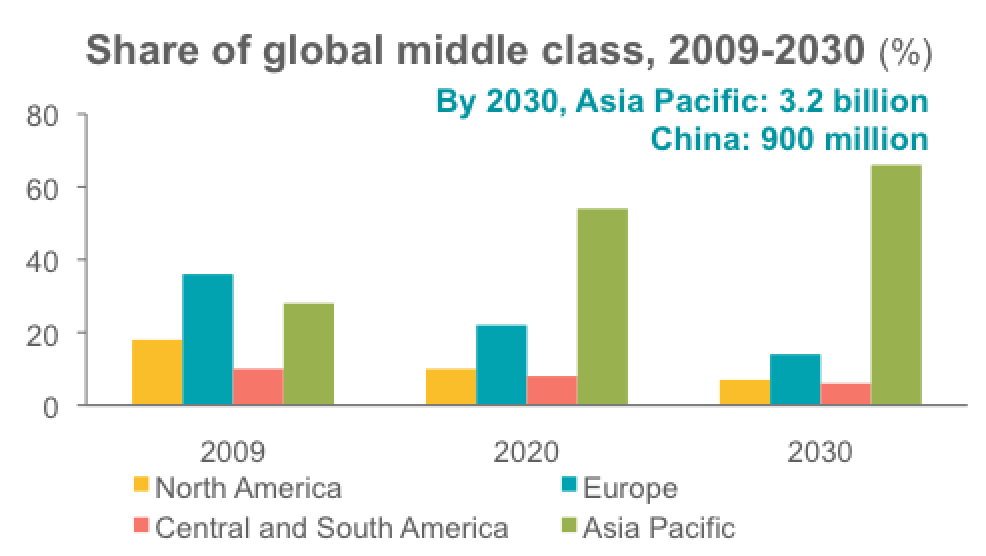How can we feed a world of nine billion people by 2050? To do that, food production in developing countries must double in less than four decades. Despite recent progress, global food security and nutrition face existing and emerging challenges: climate change, natural disasters, land and water constraints, food safety risks, and persistent conflicts. Achieving the goal of eradicating hunger and malnutrition will become harder as diets change along with expanding urbanization and a rising middle class. The current global food system will need a paradigm shift to feed the world healthily and sustainably.
IFPRI Director General Shenggen Fan explored this issue at the 7th International Crop Science Congress in Beijing on August 15, focusing on the role of science and technology in achieving a well-fed world. If we want to meet the U.N. Sustainable Development Goals (SDGs) and avert looming risks, he said, we must promote a new global food system that is productive, efficient, climate-smart, inclusive, nutrition- and health-driven, and business-friendly.
Fan proposed five areas where science and technology can play a critical role to promote the emergence of a new food system:
- Invest in agriculture R&D to produce more with less.
- Invest in biofortification to enhance health and nutritional status.
- Scale up existing agricultural technologies to improve food security.
- Support open data to connect knowledge networks.
- Engage in broader and more innovative partnerships to transform global food system for better nutrition and health outcomes.
Fan offered several examples of agricultural technologies that can help foster this new food system. Biofortification is a process that uses conventional breeding to increase critical vitamins and micronutrients such as zinc, iron, and vitamin A in staple crops. Today, more than 2 billion people suffer from micronutrient deficiencies, or ”hidden hunger.” Thanks to HarvestPlus, micronutrient-rich crops have been grown, distributed, and consumed by over 15 million people in over 40 countries. In India, for instance, school-aged children who were iron deficient and then included iron-rich pearl millet in their diets were 1.6 times more likely to have resolved the deficiency. In Mozambique, a study found that children under three who ate orange-fleshed sweet potato were more than 50 percent less likely to experience diarrhea the week afterward. Howarth “Howdy” Bouis, director of HarvestPlus, and three scientists from the International Potato Center (CIP), are 2016 World Food Prize Laureates for their contribution in improving nutrition and health through the use of biofortified crops.
IFPRI’s Agritech Toolbox is another example of the innovative technologies now available. It models yield impacts from the adoption of 10 key technologies, including no-till, drip irrigation, integrated soil fertility management, enhanced nitrogen-use efficiency, and precision agriculture. It also helps in the development of investment strategies to scale up agricultural technologies in food insecure and breadbasket regions. In addition, the Spatial Production Allocation Model (MapSPAM) estimates harvested area, production, and yield within disaggregated, gridded units. It is an effective tool for understanding production and land use patterns, allowing policymakers and stakeholders to better target agricultural and rural development policies and investments, improving food security with minimal environmental impacts.
Xinyuan Shang is a communications specialist at IFPRI.







